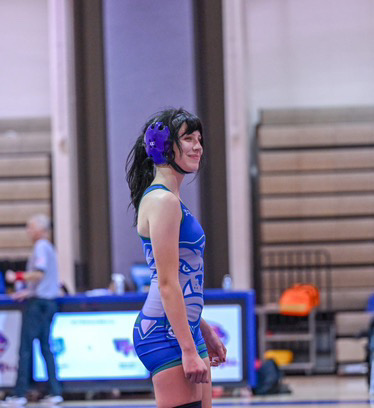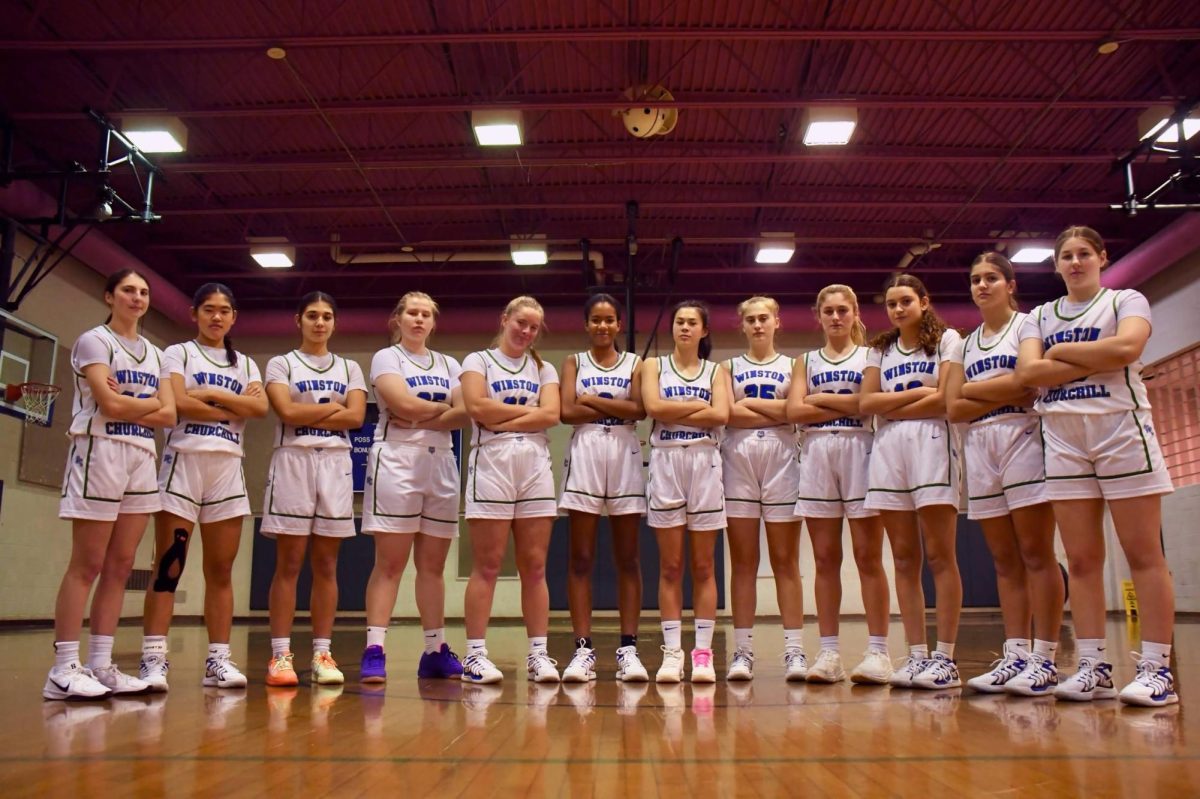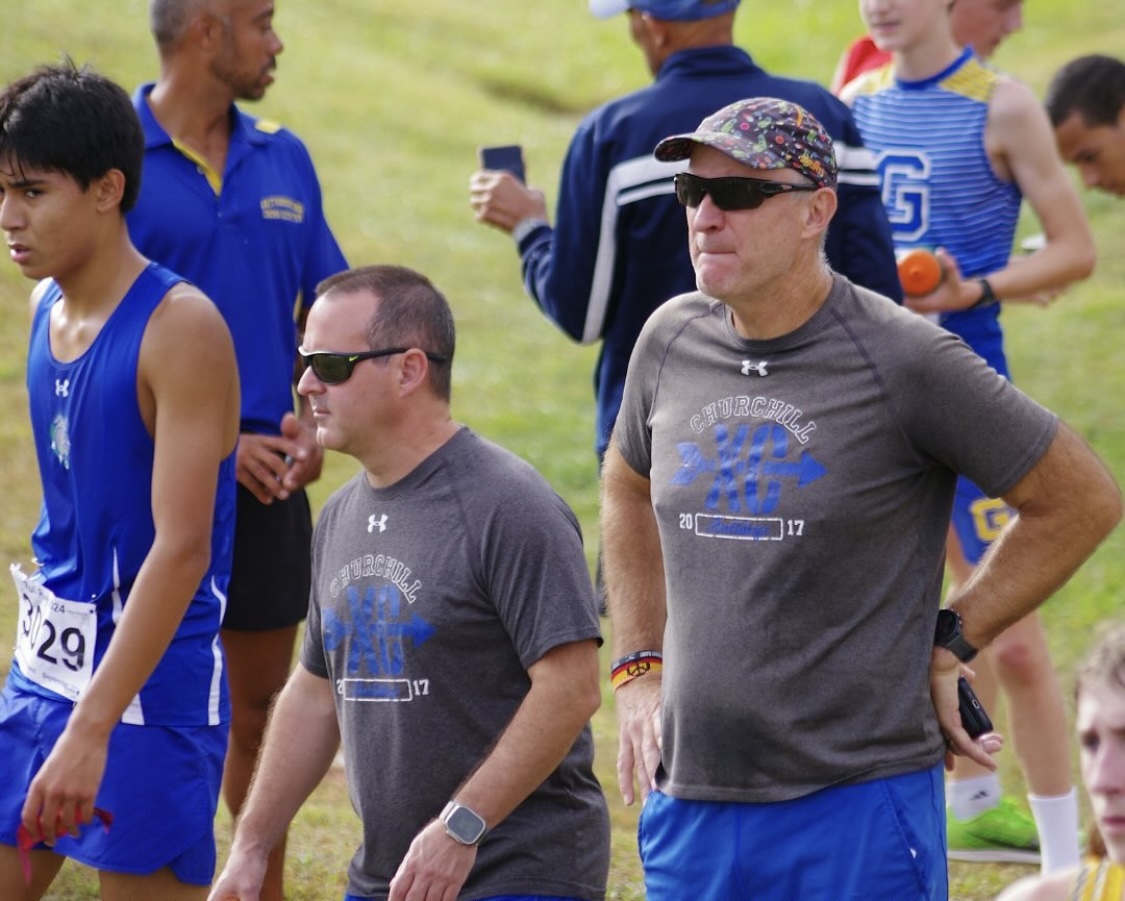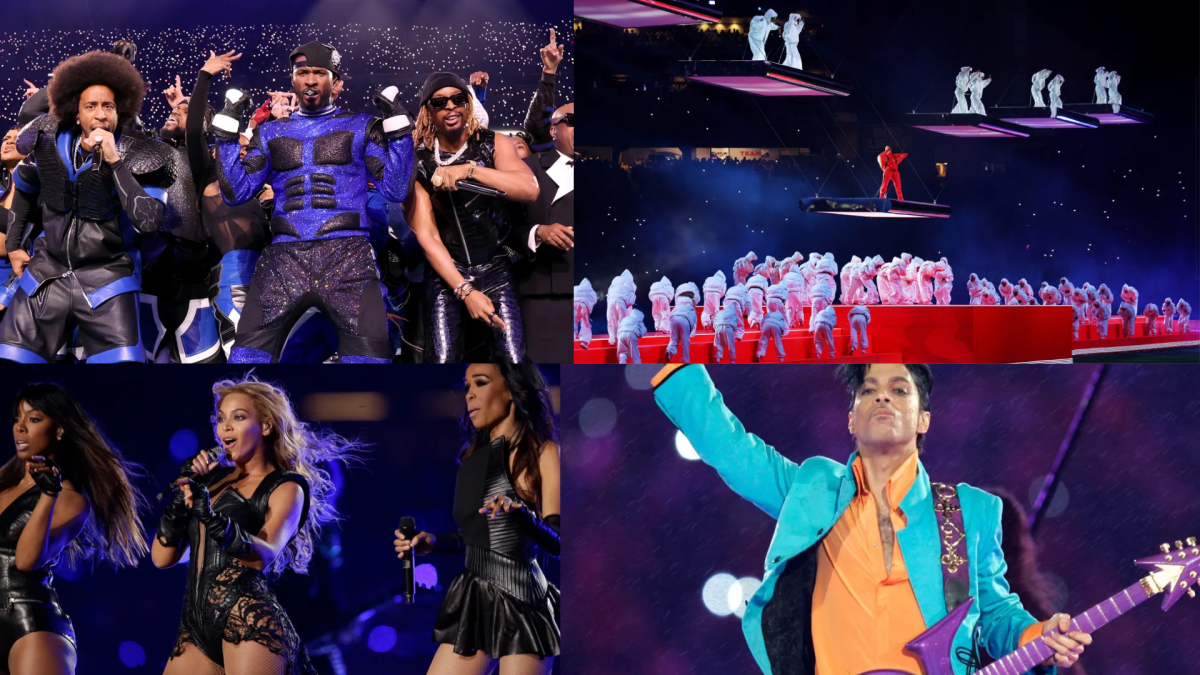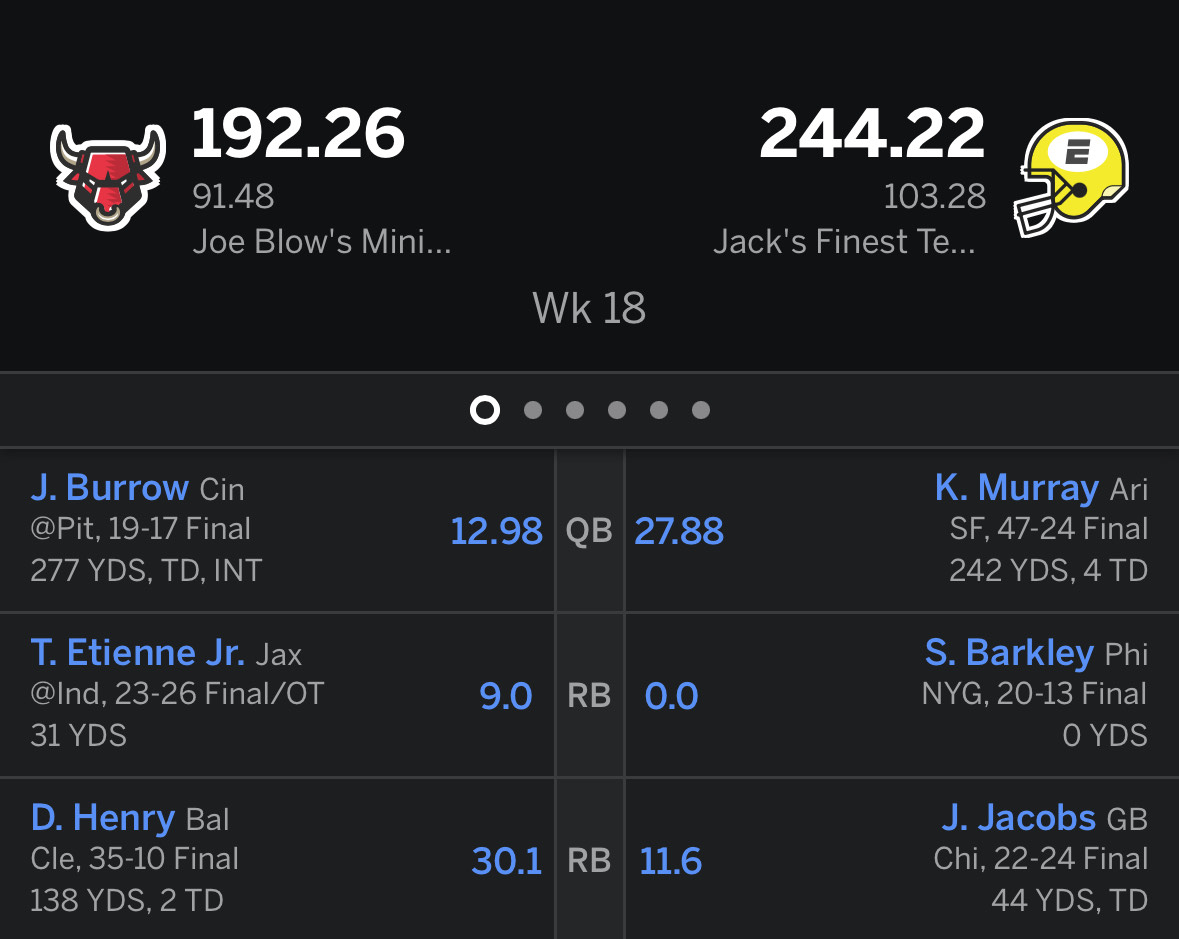Traditionally, the end of winter is a slow season for sports. Baseball is still months away, and both college and professional football have held their championship games. College basketball’s March Madness remains in the distance while professional basketball has yet to hit its stride. To accommodate for the slow sports season, Sports Illustrated (S.I.) created an edition focusing on models in bikinis. Forty-seven years after the inaugural issue was released, many changes have been made to the format of the issue.
First Issue: 1964
The first so-called Swimsuit Edition can hardly compare to the works of art published today. In the 72-page publication, there were a total of six pictures featuring women in their water-proof attire. The edition can be considered a regular sports magazine, featuring only one spread of women parading in swimsuits.
1978
The first major scandal caused by the Swimsuit Edition came in 1978. Decorated in a white fishnet swimsuit, model Cheryl Tiegs posed poolside. The spread was considered controversial at the time, but it laid the foundation for what would become of the edition in the future.
1997
With supermodel Tyra Banks gracing the cover, the 1997 edition is considered the turning point of the Swimsuit Edition and changed its configuration of the publication forever. This was the first issue to exclusively feature models, a drastic change from the five-page spread the first version featured. This volume was primarily advertisements, but still fulfilled its duty of providing compelling “content” to satisfy the periodical’s primarily male population.
2000
After 36 years, S.I. attempted to jazz up the issue with a new feature: 3-D. Although it has been repeated since, the gimmick failed to catch on and was not featured in the following year’s issue.
2002
Body paint was introduced in another attempt to spice up the edition. However, unlike the cheap 3-D effect, this caught on and has been a mainstay in the issue ever since.
2008
In 2008, the edition moved in a new direction which incorporates sports figures. With cheerleaders from 11 NFL teams and a four-page spread dedicated to Indy-Car driver Danica Patrick, this issue was the first to unite athletes and models. It was not the first time female athletes had been featured in the magazine, but the first in which they played such an intricate role.


